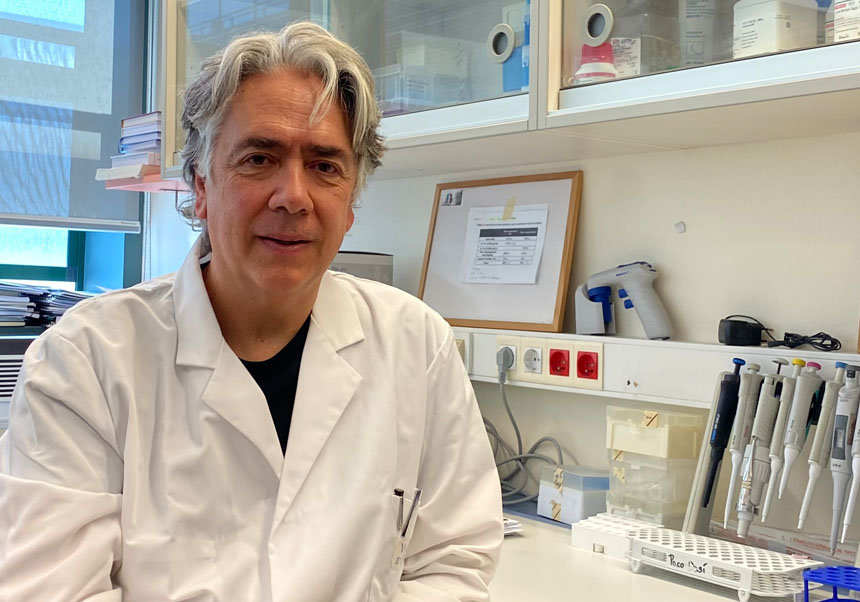1918 Spanish Flu may contribute to the understanding of coronavirus
- Office of the Principal
- April 17th, 2020
Mª José Baguena, tenured professor of History of Science at the Department of History of Science and Documentation and member of the López Piñero Inter-University Institute, explains the differences and similarities between the Spanish Flu pandemic and the current COVID-19.
The awareness of infectious diseases throughout history and their evolution may contribute to a better understanding and contextualisation of contemporary pandemics such as the current pandemic of coronavirus. This is the main line of research of the professor Mª José Baguena.
As the Professor of the Faculty of Medicine explains, the COVID-19 has similarities with the 1918 flue, the misnamed 'Spanish Flu' since it originally appeared in the United States and was brought to Europe by the American soldiers who fought in the World War I. As at that time the virus that originated the Spanish Flue was unknown, there were not available vaccines nor suitable treatments.
'Isolation measures such as quarantines or quarantine lines were taken, but even that, 75 million people could not be prevented from dying from this disease all over the world, 260,000 in Spain', explains Baguena. Most deaths were among young adults in the 20-40 age range, unlike in the current pandemic, in which the largest number of deaths is among the elderly aged over 65.
The professor of the López Piñero Inter-University Institute affirms that 'both epidemics have a great impact on the society. Not only health implications, but also economic, demographic, scientific, social and emotional ones. The fear before the unknown caused by a disease of which there is no reference and that causes thousands of deaths make people to react with panic'.
In both the 1918 pandemic and the current one, the most vulnerable population is the one suffering the worst consequences and the greatest impact of the disease, asserts Mª José Baguena. Solidarity and prevention are essential tools to stop the spread of all epidemics, concludes the researcher.
















